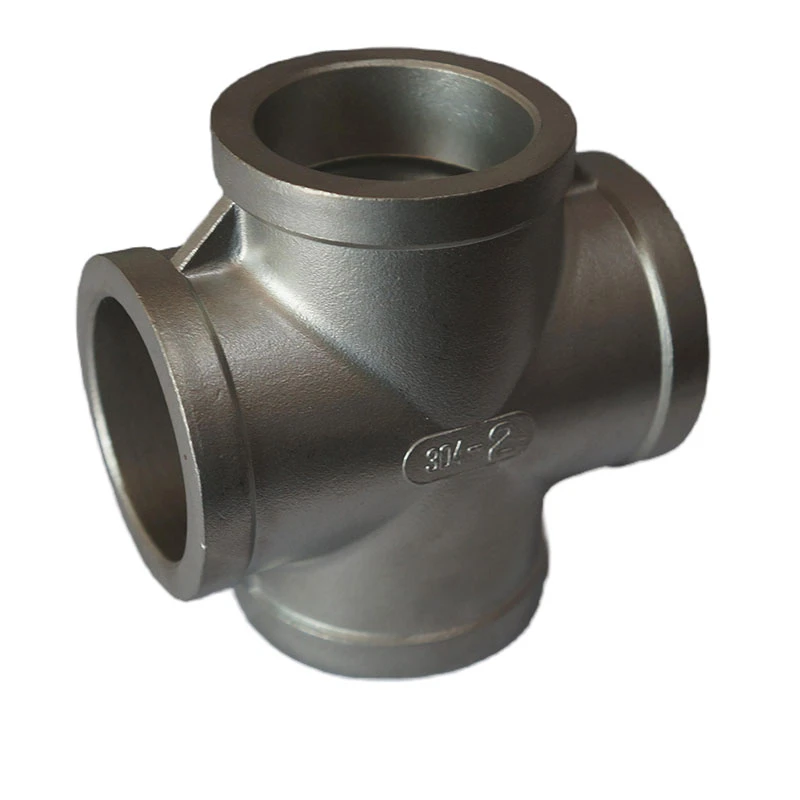die casting reasons
Die Casting Understanding Its Advantages and Applications
Die casting is a highly efficient and versatile manufacturing process widely used in various industries. It involves pouring molten metal into a mold (die) under high pressure, allowing for the creation of complex shapes and precise dimensions. This manufacturing method offers numerous advantages that make it a preferred choice for many companies. In this article, we will explore the key reasons why die casting is a favored technique, along with its applications and benefits.
Precision and Complexity
One of the most significant advantages of die casting is its ability to produce intricate parts with high precision. The process allows for the creation of components with fine details that would be challenging or impossible to achieve through other manufacturing methods. This precision is achieved due to the rigid molds used in die casting, which maintain their shape even under high pressure. The result is a finished product that requires minimal post-processing, reducing labor costs and time.
High Production Rates
Die casting is known for its rapid production capabilities. Once the die is created, thousands of identical parts can be produced in a short period. This efficiency is particularly beneficial for industries that require large volumes of components, such as the automotive and consumer electronics sectors. The ability to scale up production quickly means that companies can meet demand without compromising quality or increasing lead times.
Material Versatility
Die casting is not limited to a single type of material; it can be used with various metals, including aluminum, zinc, magnesium, and copper alloys. Each material has its properties, allowing manufacturers to choose the best one for their specific application. For instance, aluminum die casting is popular in the automotive industry due to its lightweight and corrosion-resistant properties. The versatility of materials not only enhances the functionality of the final product but also allows for cost-effective solutions.
Enhanced Mechanical Properties
die casting reasons

Components produced through die casting often exhibit superior mechanical properties compared to parts made with other manufacturing methods. The die casting process results in a dense and durable structure, providing increased strength and resistance to wear and tear. These enhanced mechanical properties make die-cast components suitable for demanding applications, such as engine parts, machinery, and electronic housings.
Cost-Effectiveness
Although the initial investment for die casting tooling can be high, the long-term cost-effectiveness of this manufacturing method cannot be overstated. The durability of the molds allows for high-volume production, which spreads the initial costs over many parts. Additionally, the reduced need for machining and finishing processes results in lower overall production costs. For businesses looking to optimize their manufacturing expenses, die casting presents a financially viable solution.
Environmental Considerations
In recent years, there has been increased focus on sustainability in manufacturing processes. Die casting is considered an environmentally friendly option due to its ability to recycle scrap metal. Excess material generated during production can be melted down and reused in future processes, reducing waste. Moreover, many die casting manufacturers are implementing eco-friendly practices to minimize their carbon footprint, aligning with global sustainability goals.
Diverse Applications
The applications of die casting are vast and span multiple industries. In the automotive sector, die-cast components are used for engine blocks, transmission housings, and structural parts due to their lightweight nature and strength. In consumer electronics, die casting is employed for enclosures, heat sinks, and components requiring thermal management. Additionally, the machinery and aerospace industries utilize die casting for precision parts that must withstand high levels of stress.
Conclusion
Die casting stands out as a leading manufacturing process due to its multiple advantages, including precision, efficiency, material versatility, and cost-effectiveness. Its ability to produce complex geometries and high volumes of components has made it a vital technique across various industries. As technology and techniques continue to evolve, die casting will likely remain a cornerstone of modern manufacturing. Understanding the reasons behind its popularity can help businesses make informed decisions when selecting manufacturing processes, ultimately leading to enhanced product quality and operational efficiency.
-
Top Extras Casting Solutions Die Casting and Sand Casting Experts High-Quality Casting and Die Casting ServicesNewsJun.10,2025
-
Top SS Casting Manufacturer Aluminum Die Casting Manufacturer China Precision Die Casting Company SupplierNewsJun.10,2025
-
High-Quality Brass Casting Sand for Precision Sand Casting Brass at HomeNewsJun.10,2025
-
Affordable Aluminum Sand Casting Solutions Custom PartsNewsJun.09,2025
-
High-Quality China Sand Casting Services Cost-Effective & ReliableNewsJun.09,2025
-
Premium Hot Stamping Parts Durable Plastic Decor SolutionsNewsJun.09,2025















